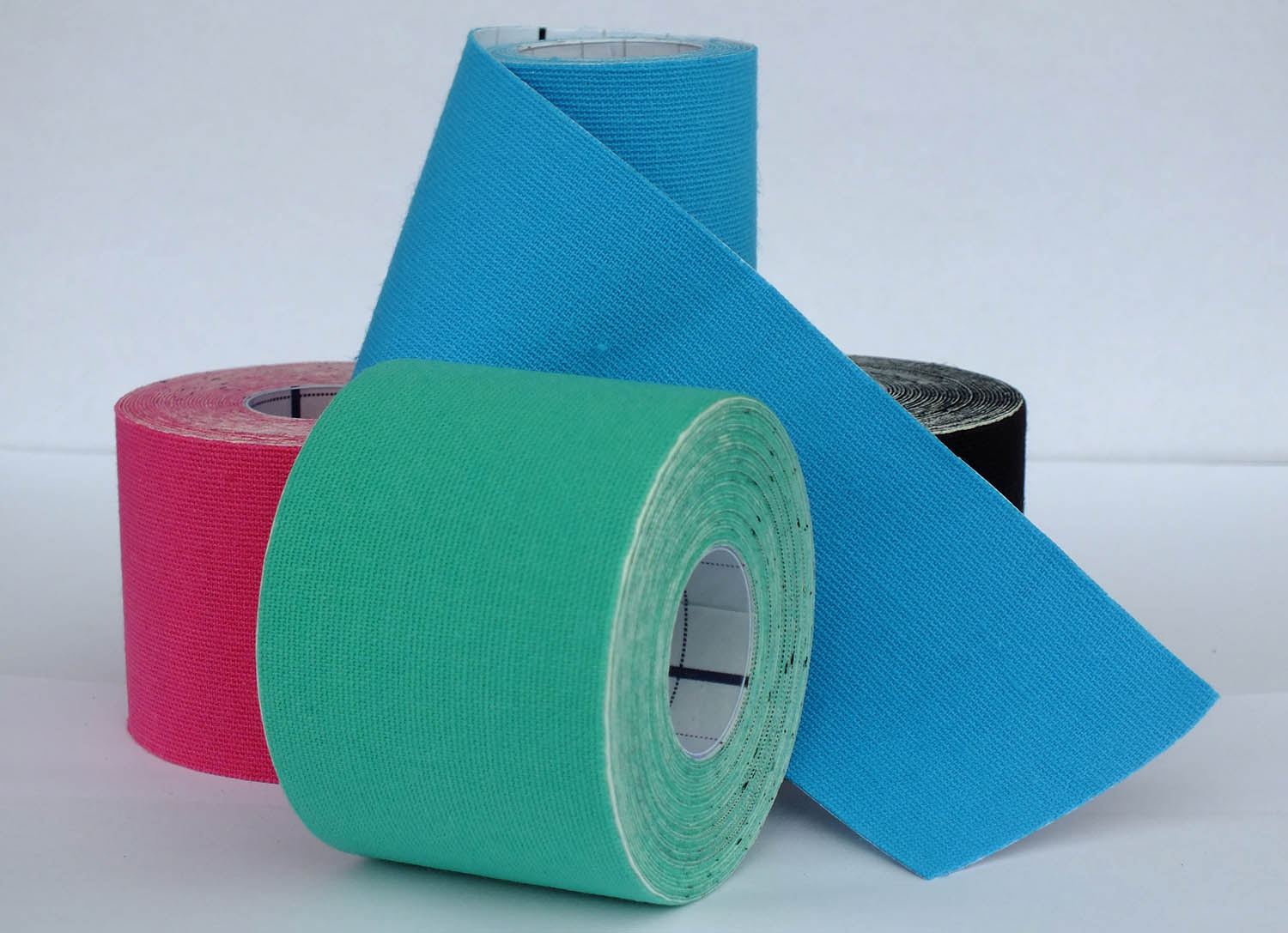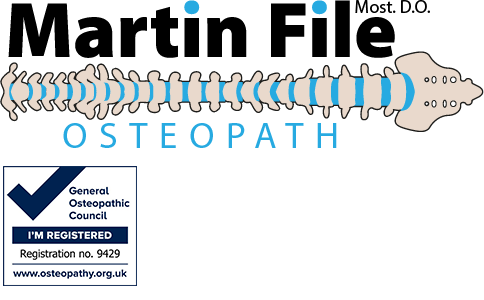Kinesio Taping
What is Kinesiology Tape?
What is Kinesiology Tape, what does it do, and does it work?
Few people in the sporting world can have failed to notice the prevalence of this often brightly coloured tape over the last few years. It has rapidly been gaining popularity with athletes, patients, and therapists alike.
What is it?
It is made from tightly woven elasticated cotton (97%) and nylon (3%).
The glue on the tape is acrylic, highly durable and waterproof so the tape can be worn for up to a week and resists vigorous movement, sweat and bathing, showering, etc.. Cheaper tapes come off easily, resist water poorly and can irritate the skin. I only use top quality Rocktape, which will generally be included free in the treatment unless you have only come in to be taped up pre or post event when a reasonable charge will be made.
When applied correctly there are various positive changes including less pain, improved function, more power, and better muscular endurance.
What it is not!
The tape does not contain any drugs or medication.
The tape is no substitute for sensible injury management and thorough rehabilitation but I have found it useful in aiding this process.
I make no bold claims for the effectiveness of this tape but I have used it to support muscle strains in athletes and avid class-goers that have strained back muscles. I have used it to support tendon strains and osteo-arthritic joints where ligaments may have been strained and are not supporting the joint correctly. Finally, I have used it on fellow Osteopaths who spend long hours standing for work and find it helpful to support tired backs and sacroiliac joints during a busy day.
Although there is varying evidence to support the effectiveness or otherwise for these applications, my patients generally are very reluctant to be ‘weaned-off’ using the tape when the muscles or ligaments have recovered.
Personally, I think it’s best benefit is that; due to the stretch, when applied for postural issues, the elastic “pull” reminds patients that they are slouching or engaging muscles that should be resting.
After 5-7 days it can be gently soaked off in the shower or bath. If you have been experimenting with it yourselves, you will have learnt (the hard way) that trying to yank the tape off quickly like a plaster is a very bad idea!
I tried to do this after a training course, which involved covering many areas in various taping arrangements and ended up with a red raw shoulder, until the several layers of skin that I pulled off grew back – you have been warned!


